When should I start using pallet collars?
My readers often ask me when it's time to start using pallet collars. In my opinion, the time is always right. Start now!
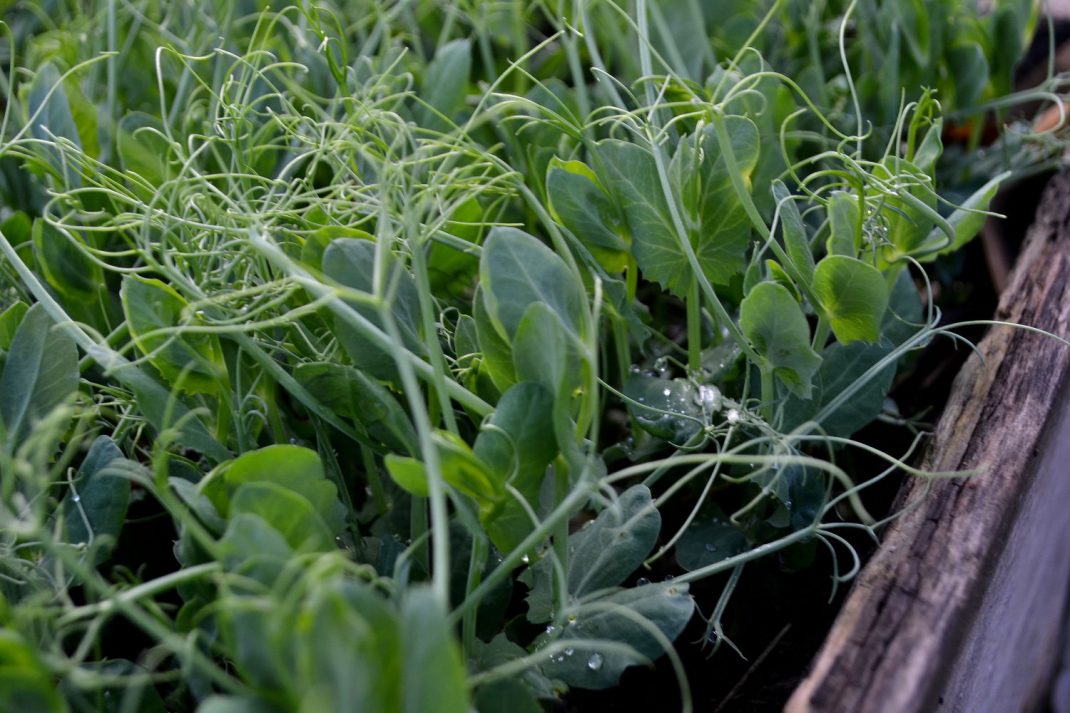
A pallet collar filled with lovely pea sprouts, perfect to sow in winter.
I have quite a few pallet collars in my garden. I use them to build new beds where I can get started quickly. Pallet collars are actually used as the main growing spaces in a lot of vegetable gardens. But when is it time to start using pallet collars? Is it warm enough in April-May? I actually think you should start even sooner! It would be a shame to miss out on the early sowings that kickstart the season with a rush of inspiration.
Read more: How to use pallet collars in your garden
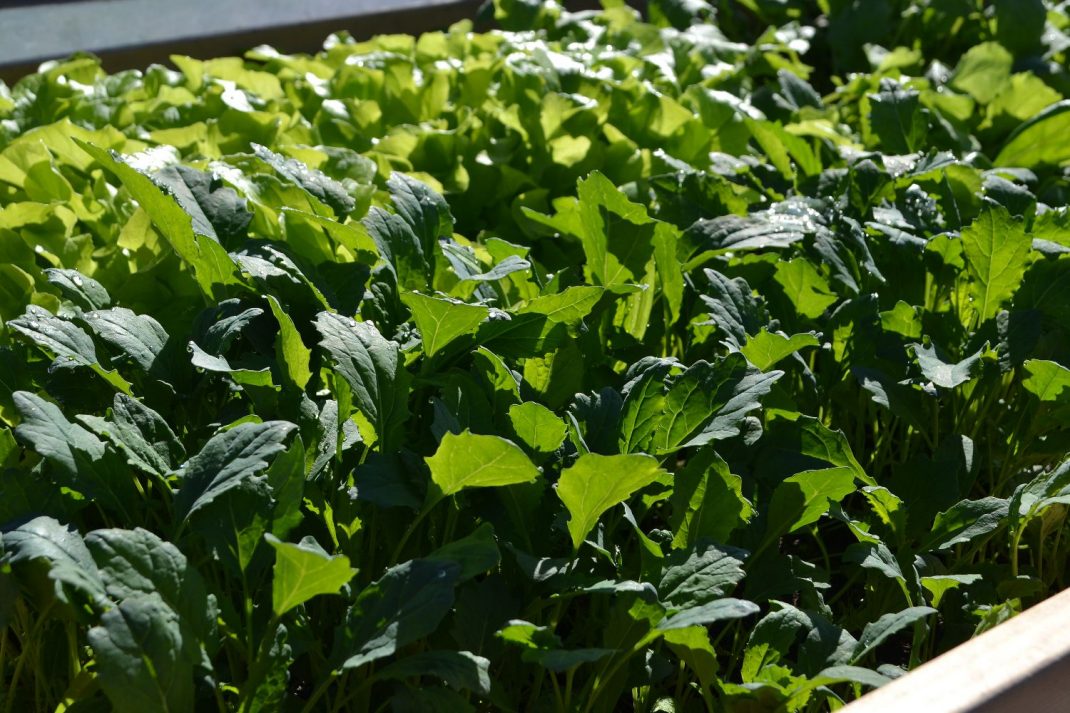
This pallet collar belongs to my children. It contains four different varieties of leafy greens that we planted in February. The picture was taken in April.
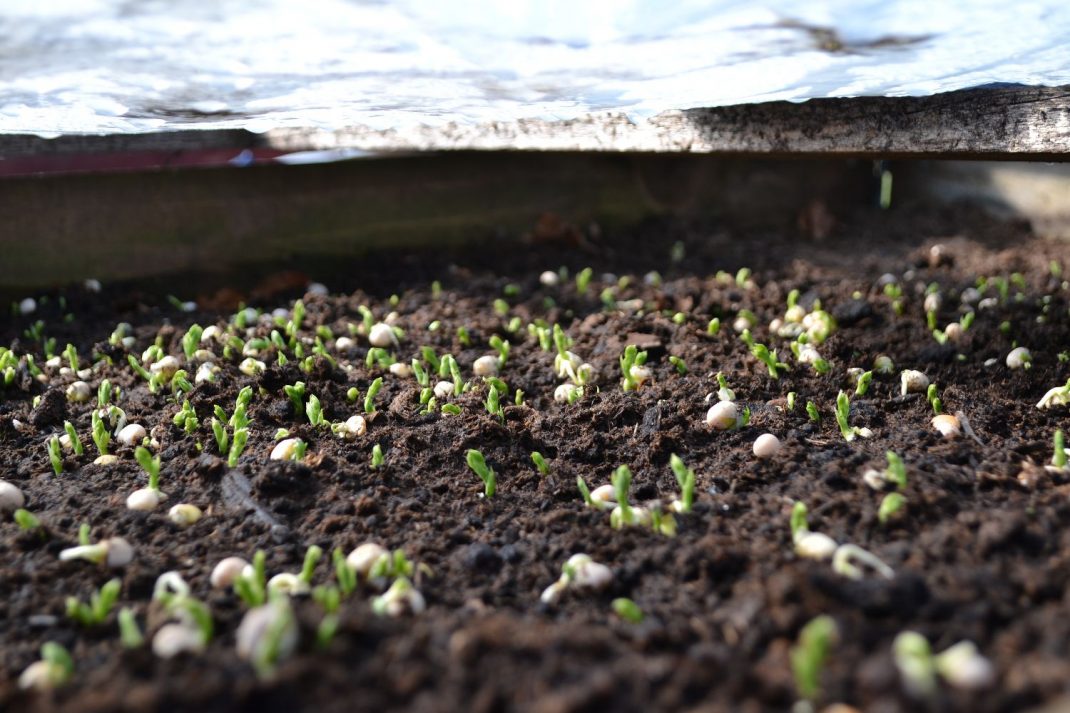
Scattering a bag of yellow peas and adding water is a simple way to use your pallet collar. Plenty of little pea sprouts appear to greet the spring shortly thereafter.
Using pallet collars all year round
I use my pallet collars in all the seasons:
- I use them to grow leafy greens in winter, the summer flowers that I plan on planting in the garden beds a bit later, and vegetables that can endure the cold soil before I plant them somewhere else.
- In spring, I replace my winter sowings with root vegetables, cabbages and new leafy greens in my pallet collars.
- During the summer season, I use my pallet collars for a batch of leafy greens that will be ready to harvest in fall.
- When the fall comes, I plant (you guessed it!) yet another batch of leafy greens, maybe radish, and perhaps also garlic
As you can see, you can start using the pallet collar all year round! If I cover the box with garden fabric (or even a DIY lid made from wood and a simple plastic sheet), then the temperature in the box rises enough to secure an early harvest.
Pick fast-growing vegetables
During winter and early spring, I think that spinach, lettuce, parsley, scallion, chive, arugula, summer carrot, dill and tiny cabbage greens are all good choices. But there are other alternatives too of course! Look up “Wintersowings” here on my blog for more inspiration. I always try to pick the fast-growing vegetables. That way, I get an early harvest and can use the space another two or three times the same year.
If there’s snow in your pallet collar, you can easily dig it out and empty a bag of store bought soil there instead. This is a great early season life hack! If you keep your bags of soil outside, you can put them in the hallway of your house or on a heated floor to thaw.
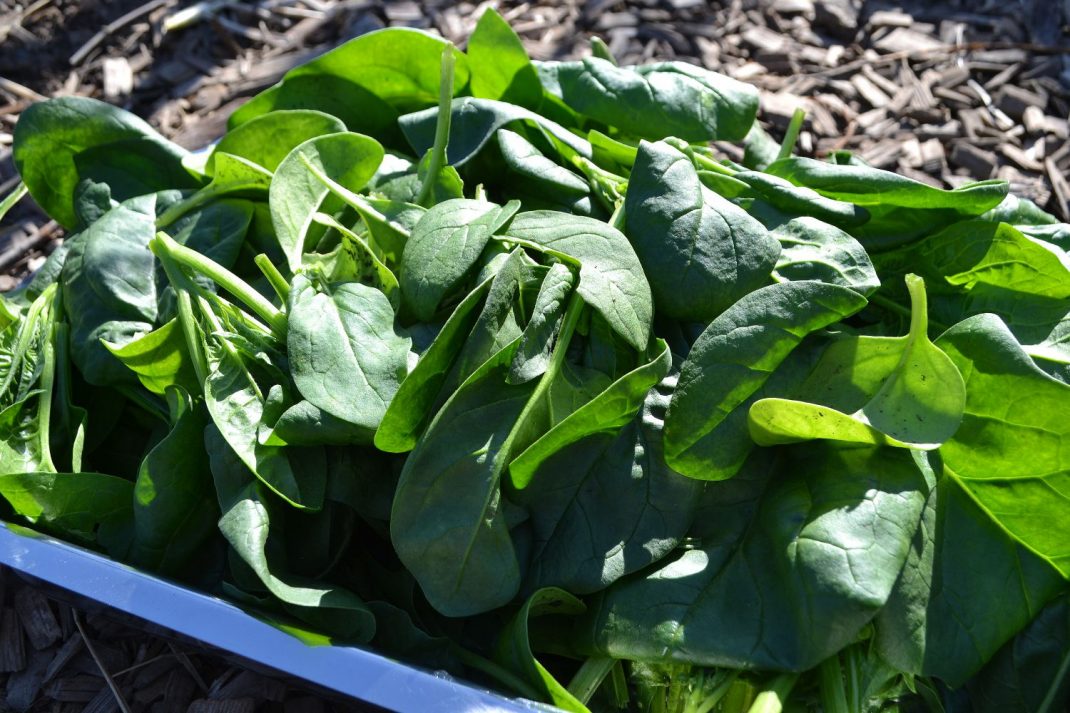
Spinach that was harvested in April 2015.
Use a lid for an early harvest
Using pallet collars for an early harvest is a great idea, especially for beginners. You can make a cover for your pallet collar simply by stapling a plastic sheet on a wooden board. Sow the bed in your pallet collar by scattering a bag of spinach seeds and dig them down (or cover the seeds with store bought soil if the surface layer is frozen). Put snow on top or leave the pallet cover open for a while so that the soil can absorb some moist from the surroundings. Then, it’s time to put the lid on.
This is an easy way to turn your pallet collar into a regular cold frame. I live in zone 3 and the winter-sown spinach germinates in March and is ready for harvest in the beginning of April. Why not give it a try? Good luck!
/Sara Bäckmo
18. April 2021
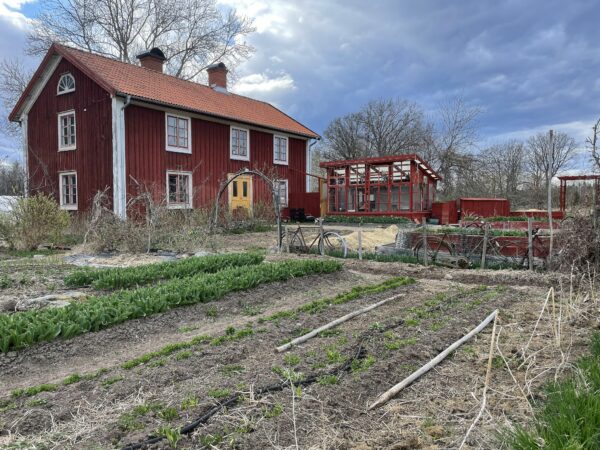
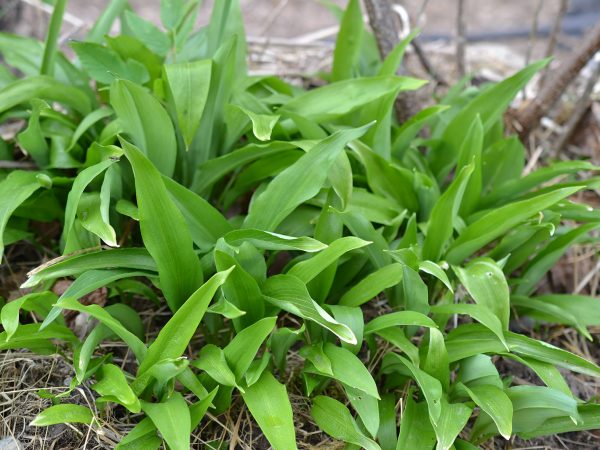
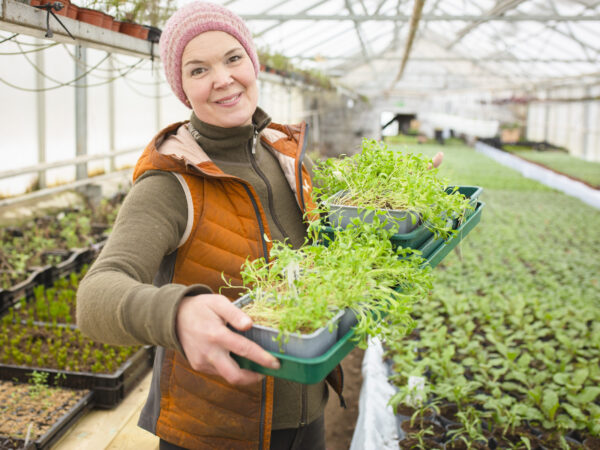
Is the soil that you use compost? Or is it regular garden soil that will turn into compost as it decomposes?
Mainly I use garden soil that I put a lot of bokashi compost in. I sometimes dig up soil in the garden for new projects, like the pallet collars. And I really like to put bokashi-compost into containers/pots, cover with soil/compost and grow things directly in or on the compost. The product I get from that kind of work is pure compost soil.